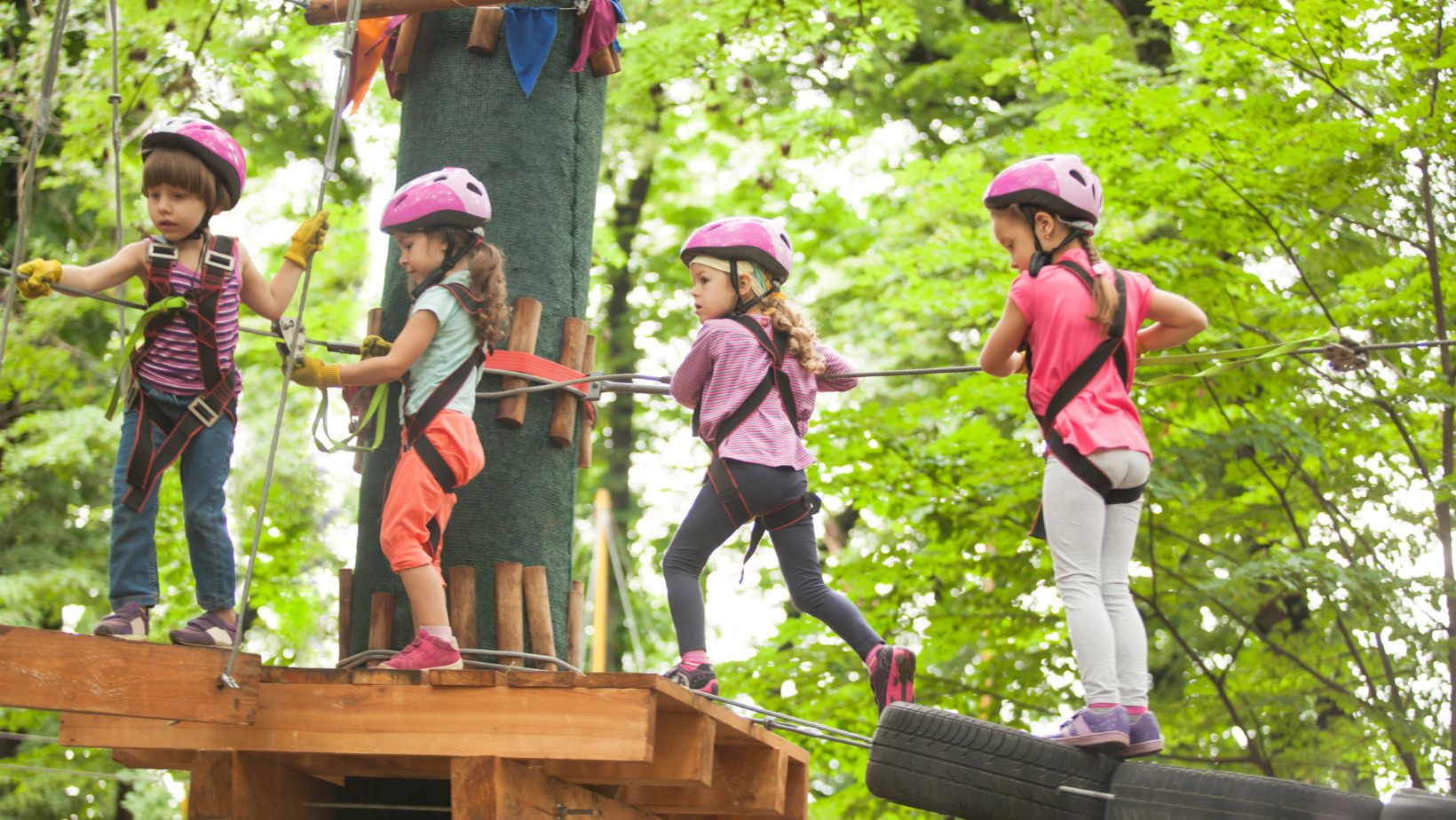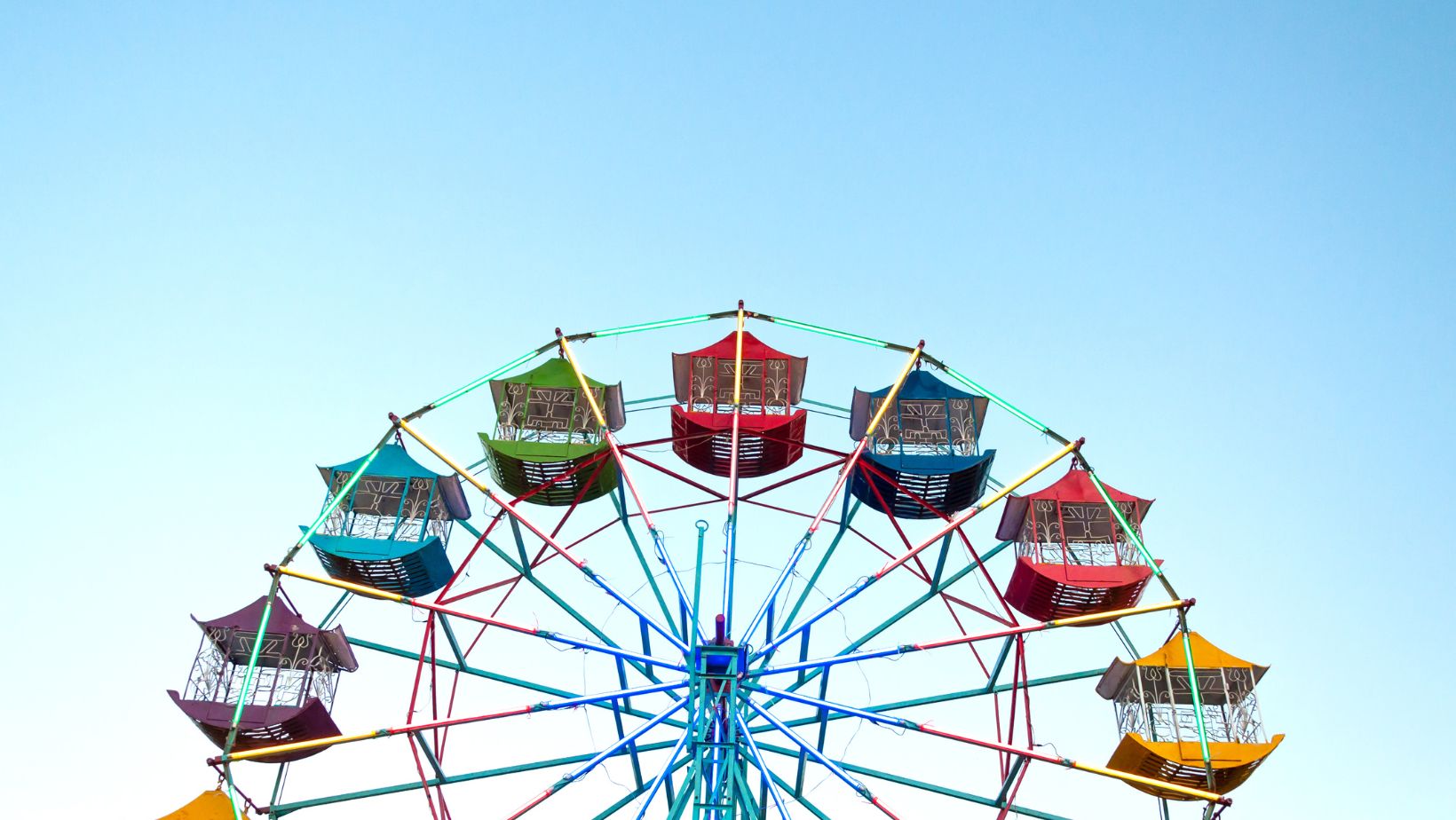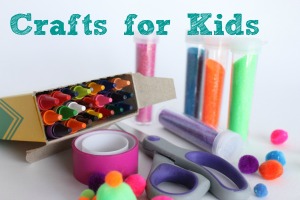
Visiting a theme park is an exciting adventure for families, promising thrilling rides, live shows, and memories that last a lifetime. For children, it’s a day to explore, laugh, and discover new experiences. But as a parent, your top priority is your child’s safety. Theme parks are bustling with activity, and while most visits end with laughter and joy, accidents can happen. Knowing how to prepare and what to look for can help ensure your family’s day is both safe and fun. Here’s an in-depth guide to keeping your kids secure during your next theme park visit.
Understanding Theme Park Safety Stats
Theme parks draw millions of visitors each year. According to the International Association of Amusement Parks and Attractions (IAAPA), more than 375 million guests visit U.S. amusement parks annually. The IAAPA also reports that the chance of a serious ride-related injury is about 1 in 17 million rides taken. While these odds might seem reassuring, not all injuries happen on rides; they can occur during slips, trips, falls, or even in crowded walkways.
Preparation Starts Before You Arrive
Do Your Homework
Before heading out, research the theme park’s website for safety information, height requirements, and park rules. Familiarize yourself with the layout by studying the park map ahead of time. Identify first aid stations, lost child areas, and quiet spots where kids can rest if overwhelmed.
Pack Appropriately
Preparation is key to handling any situation. Here are some must-haves for a safe and comfortable visit:
- Sunscreen: Reapply often, especially after water rides.
- Water bottles: Hydration is crucial as dehydration is a common cause of medical issues at theme parks.
- Snacks: Healthy options keep energy levels up and avoid sugar crashes.
- Comfortable, closed-toe shoes: They prevent slips and trips.
- Hats and sunglasses: Protect young eyes and skin from intense sun.
- A fully charged cell phone lets you stay in touch with family at all times – remember to find nearby shared power bank stations in advance to avoid communication disruptions from a dead phone.
At the Park: Staying Vigilant
Keep Your Group Together
The theme park environment can easily overwhelm children or lead to separation in crowds. Consider these tips:
- Establish a meeting point: Pick a visible landmark in the event you get separated.
- Dress kids in bright colors: Highly visible clothing helps spot your child quickly in crowded areas.
- Take a group photo: Should a child become lost, recent photos help staff identify them faster.
- Set rules about boundaries: Make sure children know where they are allowed to go, especially if they are old enough to explore with friends.

Safety on Rides
Rides are the main attraction, but each comes with its own rules and requirements. Take time to:
- Read safety advisories posted at each ride’s entrance. Height and health restrictions are there for a reason.
- Teach children to always follow the ride operator’s instructions.
- Buckle all seat belts and harnesses securely. Double-check that they are fastened correctly.
- Remind kids to keep their hands, arms, and feet inside the rides at all times.
- Never force your child onto a ride if they express fear. Anxiety can cause them to act unpredictably, increasing the risk of injury.
Avoiding Common Hazards
Beyond rides, several common dangers exist throughout theme parks.
Watch for Slips, Trips, and Falls
Wet surfaces, dropped snacks, and uneven pavement are everywhere.
- Encourage children to walk, never run.
- Point out wet or painted ground and areas where the concrete changes in texture.
- Hold hands, especially in busy areas and near water rides.
Prevent Heat-Related Illness
Heat exhaustion and dehydration often strike young children faster than adults realize.
- Schedule breaks in shaded areas.
- Make water breaks a regular part of your routine.
- Be alert for signs of overheating: dizziness, nausea, or flushed skin.
Hygiene and Health
With thousands of hands touching the same surfaces, parks are hotbeds for germs.
- Use hand sanitizer after touching railings, maps, or ride restraints.
- Remind children not to touch their faces and to wash hands before eating.
What to Do If an Accident Happens
Even with the best precautions, injuries can occur. If your child is hurt:
- Locate the nearest first aid station. Every major theme park has medical professionals on site.
- If the injury required medical attention or occurred due to unsafe conditions, take photos of the area and record what happened.
- Report the incident to park management for documentation.
If you believe another party’s negligence led to an injury, you can also seek advice from a Houston amusement park accident lawyer to understand your options for holding the park responsible.
Teaching Kids to Be Safety Smart
Safety should be a shared family value, not just your personal worry. Involve kids in discussions about staying safe:
- Role play scenarios, like what to do if they get separated.
- Teach them how to identify park employees and seek help if needed.
- Encourage the buddy system for older children venturing onto age-appropriate rides.
Additional Tips for a Safe Day
- Check the weather forecast. Rain or lightning can lead to unexpected closures or risks.
- Revisit the park’s lost child policy. Many parks offer wristbands or ID badges.
- Take breaks to avoid fatigue-induced mistakes or meltdowns.
Conclusion
Theme parks can offer a wonderful mix of excitement and joy for families. With a little planning, clear rules, and active supervision, parents can ease their worries and focus on the fun. Remember, your attention to detail means your kids will leave the park with only happy memories—and maybe a prize or two.

To learn more about what to do in the aftermath of an accident, or for legal support, speak to a Houston amusement park accident lawyer.
Taking some simple steps ensures every thrill ride ends with smiles and safety for all. Enjoy your next theme park visit with confidence and peace of mind.


















